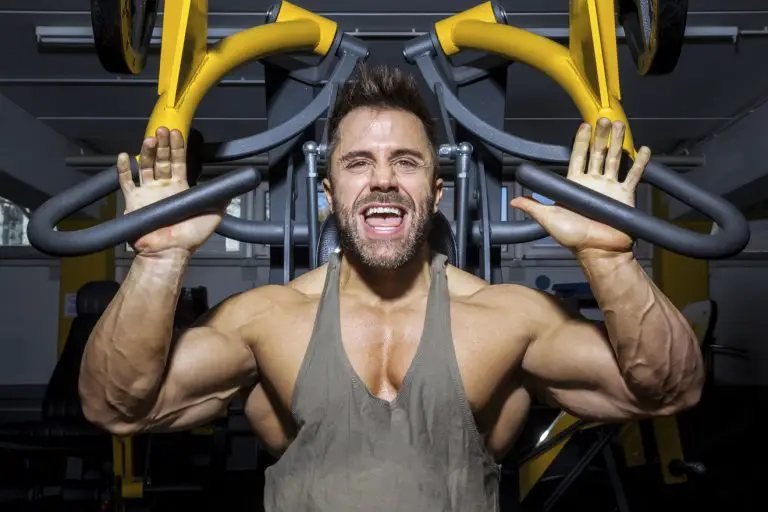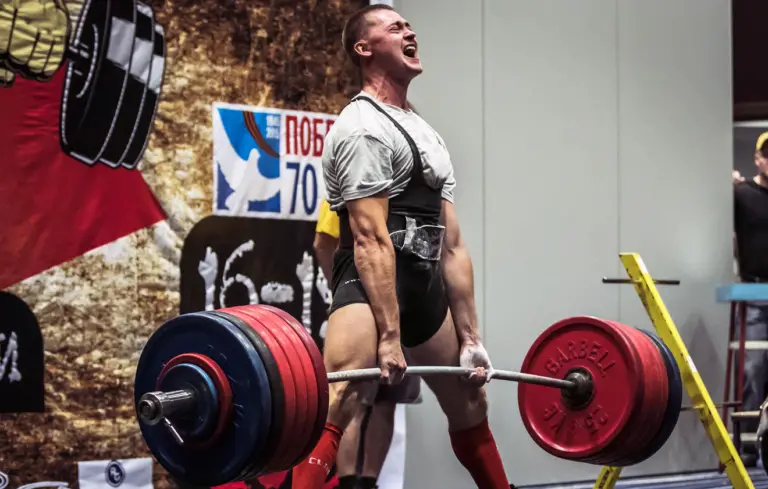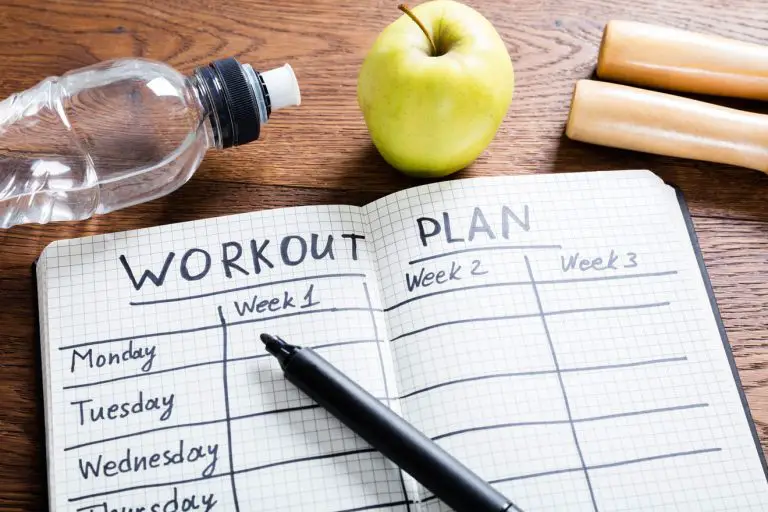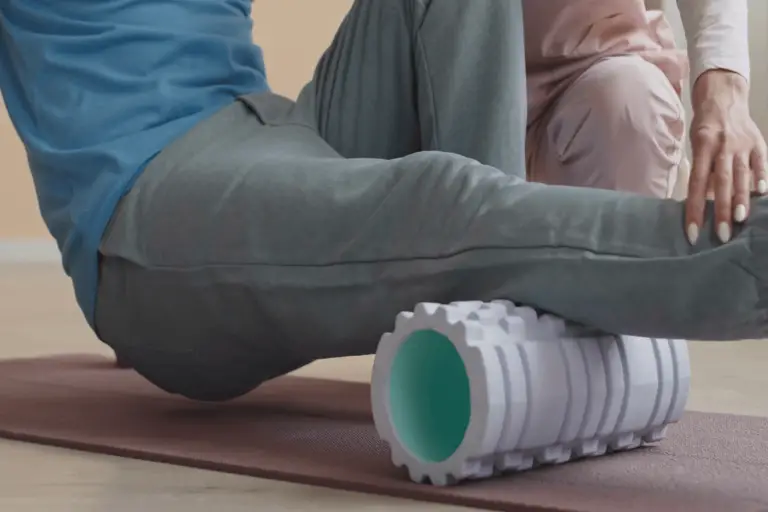Karate conditioning: a brief training guide for martial artists
Key messages
- Karate practitioners need a balance of strength, speed, agility, and endurance.
- Integrate weight training and cardio to improve overall performance in karate.
- Focus on functional exercises that mimic the movements and demands of karate.
- Regular flexibility training and rest are crucial for injury prevention and recovery.
Karate is more than just a series of movements or techniques; it’s a martial art that demands a harmonious blend of strength, speed, agility, and endurance. Whether you’re a beginner or a seasoned karateka, conditioning your body is vital to optimize your performance. By combining weight training and cardio with functional exercises, you can enhance your strength, speed, and stamina. Here are some practical tips and guidelines from trianglekarate.com to help you design an effective conditioning program tailored to your karate needs. For guidance on training and nutrition, see our guides.
1. Prioritize functional strength training
While brute strength is not the ultimate goal in karate, having a strong and resilient body is essential. Focus on functional strength training that targets multiple muscle groups, particularly those most engaged in karate, such as the core, legs, and shoulders.
- Compound movements: Exercises like squats, deadlifts, lunges, and push-ups should form the core of your strength training routine. These compound movements help build the explosive power needed for kicks, punches, and quick directional changes.
- Plyometrics: Incorporate plyometric exercises like jump squats, box jumps, and clap push-ups to improve your explosive power and speed. Plyometrics mimic the dynamic movements in karate, helping you become faster and more agile.
- Core training: A strong core enhances stability, balance, and rotational power, all critical for executing powerful strikes and maintaining a solid stance. Include exercises like planks, Russian twists, and medicine ball throws to build core strength.
2. Improve cardiovascular endurance
Cardiovascular endurance is crucial for karate practitioners, especially during long sparring sessions or kata practice. Your cardio training should include a mix of steady-state and high-intensity interval training (HIIT).
- Steady-state cardio: Incorporate moderate-intensity exercises like jogging, cycling, or swimming for 30–40 minutes, 2–3 times a week. This helps build a strong aerobic base, allowing you to maintain stamina throughout your training.
- HIIT workouts: For optimal performance, include HIIT sessions 2–3 times a week. Short bursts of high-intensity exercises like sprinting, jumping rope, or burpees, followed by brief rest periods, will train your body to recover quickly, which is essential in a fight scenario.
3. Enhance agility and balance
Karate requires quick footwork, rapid changes in direction, and excellent balance. To improve these areas, incorporate agility and balance drills into your routine.
- Agility ladder drills: Use an agility ladder to perform quick footwork exercises such as side shuffles, in-and-out drills, and zig-zag sprints. These drills improve coordination, speed, and reflexes, crucial for dodging attacks and moving swiftly.
- Balance exercises: Practice standing on one leg or use a balance board to enhance your stability. Exercises like single-leg deadlifts, one-leg squats, and balance ball exercises can help develop the muscles that maintain balance, especially during kicks and strikes.
4. Flexibility training is key
Flexibility is a cornerstone of karate, as it enables you to execute high kicks, deep stances, and fluid movements with ease. Flexibility training helps prevent injuries and enhances your range of motion.
- Dynamic stretching: Before your workout or karate practice, engage in dynamic stretching exercises like leg swings, arm circles, and hip rotations. Dynamic stretches help warm up the muscles and prepare them for the explosive movements required in karate.
- Static stretching: After training, dedicate 10–15 minutes to static stretching, holding each stretch for 20–30 seconds. Focus on the major muscle groups involved in karate, such as the hamstrings, quads, calves, hips, and shoulders.
- Yoga or mobility work: Consider adding a yoga or mobility routine to your weekly schedule to enhance overall flexibility, mental focus, and breath control.
5. Don’t forget recovery and rest
Rest and recovery are just as crucial as your training sessions. Overtraining can lead to injuries and burnout, which can hinder your progress.
- Active recovery: Include light activities like walking, swimming, or stretching on your rest days to keep your body moving without overexertion.
- Sleep and Nutrition: Ensure you’re getting adequate sleep (7–9 hours per night) and maintaining a balanced diet rich in lean proteins, complex carbohydrates, healthy fats, and plenty of water. Proper nutrition and hydration help repair muscles and support overall health.
6. Mental conditioning matters
Karate is as much about mental fortitude as it is about physical prowess. Develop mental toughness through techniques such as visualization, meditation, or mindfulness. Regular practice of these techniques will help you remain calm under pressure, focus better, and recover quickly from setbacks during training or competition.
Final thoughts: building a karate-specific fitness plan
Creating a conditioning plan tailored to karate involves balancing strength, speed, endurance, and flexibility while allowing time for adequate recovery. Start by setting realistic goals, such as improving your kicks’ power or your stamina during sparring. Incorporate a variety of training methods and monitor your progress regularly, adjusting as needed. Remember, consistency is key. With dedication and a well-rounded fitness regimen, you’ll find yourself faster, stronger, and more agile, ready to excel in every karate session.







